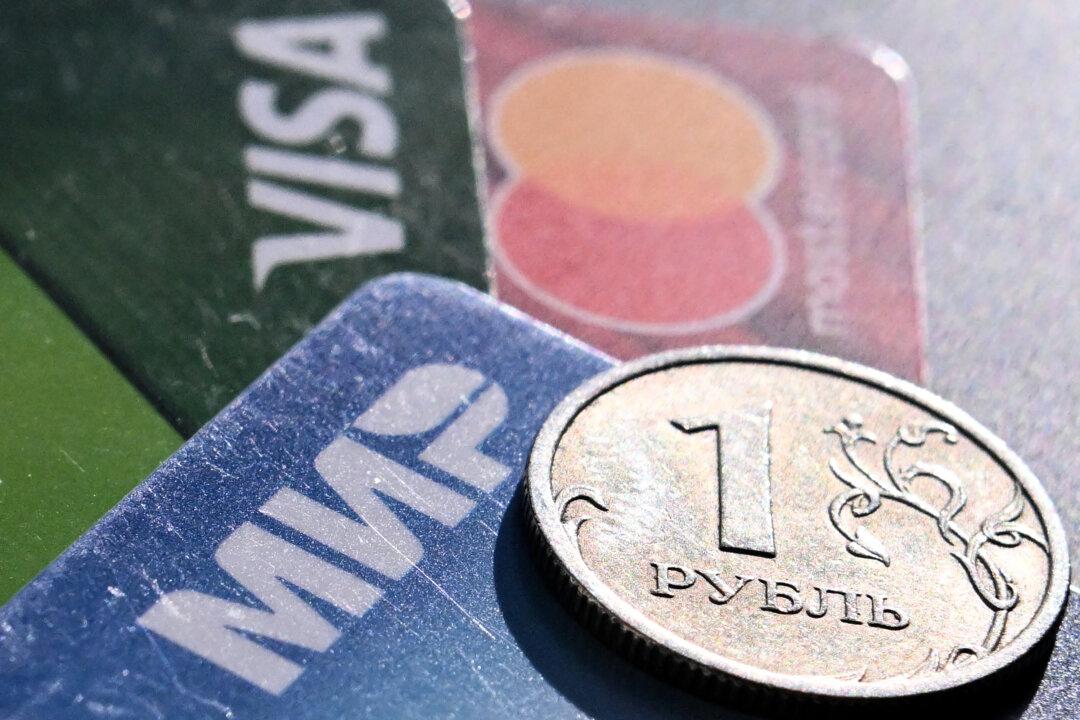Ratings agency Moody’s has warned that Russia might have defaulted on its debt since it tried to service its dollar bonds in rubles due to Western sanctions.
“Russia reportedly made payments on two bonds maturing in 2022 and 2042 in rubles rather than US dollars which represents a change in payment terms relative to the original bond contracts and therefore may be considered a default under Moody’s definition if not cured by 4 May, which is the end of the grace period,” the ratings agency said in an April 14 statement, according to Reuters.





